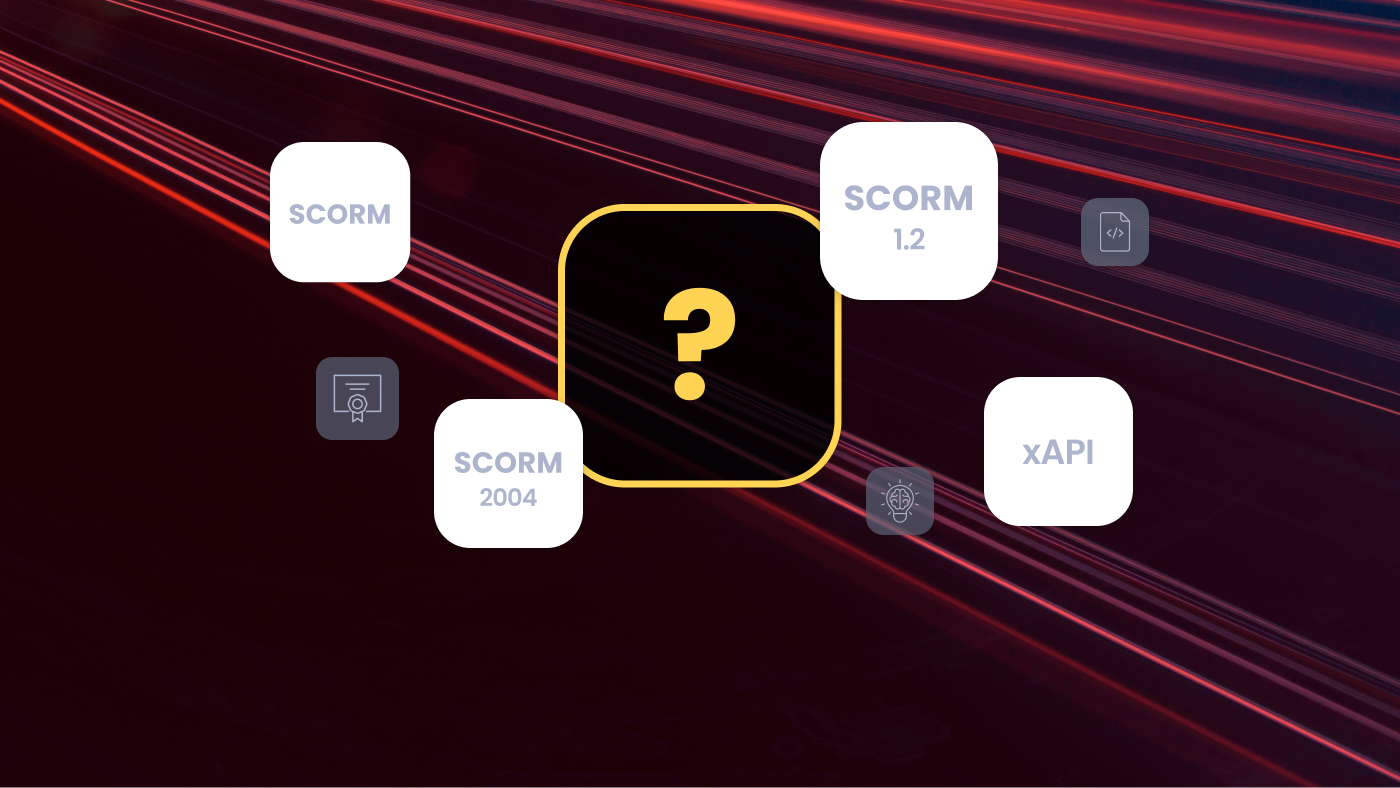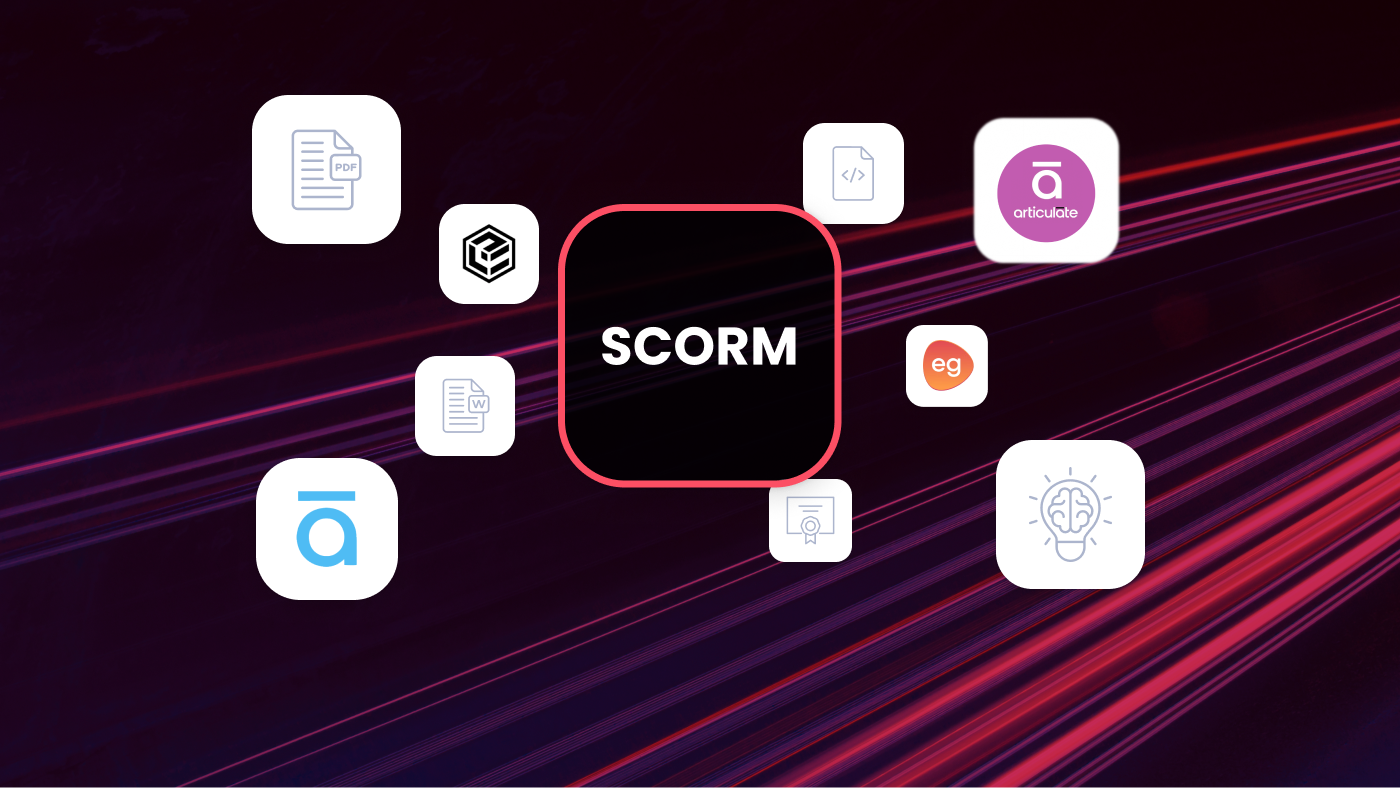How Do I Integrate AI Into My Product—Ideally By Yesterday
.png)
Published by
Published on
Read time
Category
Your competitors are already shipping AI features. Your customers expect them. And frankly, you're running out of time to catch up.
Gartner predicts that by 2028, 33% of enterprise software applications will include agentic AI, up from less than 1% in 2024. The window for being an early adopter closed months ago. Now it's about survival.
The good news? Integrating AI into your product no longer requires a PhD in machine learning or a team of data scientists—you can choose which layers you want to build yourself and where to rely on an agentic framework provider. You don't need to rebuild your entire tech stack from scratch, either.
This article gives you a practical roadmap to becoming an AI-native product. No buzzwords or unrealistic expectations. We'll cover how to integrate AI into a product using your existing infrastructure and team skills, which approach makes sense for your situation, and how to avoid the expensive mistakes other product teams are making right now.
How to integrate AI into a product
Here's what most product teams get wrong: they start with the AI technology instead of the user problem. They know they need AI, but what for?
Don't do that.
Start with user problems, not AI solutions
Your users don't care about your fancy neural networks. They care about getting their work done faster, making better decisions, or avoiding tedious tasks.
Look at your support tickets. Check your NPS and other user feedback. What are people complaining about? What features do they keep requesting? Those pain points are your opportunities for AI integration.
Maybe your users spend too much time building reports. Or they struggle to find relevant information in your app. Perhaps they're manually categorizing data that could be automated.
Once you've identified specific problems, you can decide what layers you want to build yourself and what you'll use an AI agent framework or SDK for. Building everything in-house may sound impressive, but it often results in delayed or even failed projects. Most successful AI integrations combine custom logic with existing AI services.

Even large enterprises are moving away from full in-house builds: a recent a16z survey found that 90% of enterprise CIOs are testing third-party AI apps for use cases such as customer service. In previous years, they strongly preferred apps built in-house.
Choose your integration approach
You have three main options for adding AI to your product. Each serves a different purpose and requires a different level of effort.
Enhance existing features with smart capabilities
Take HubSpot's specialized AI agents. HubSpot launched Breeze, its embedded AI, with new Copilots and vertical agents that work within its current interface. They help optimize content, build reports, and assist with other tasks that you could do for ages—but without the agentic experience.
For example, the content agent analyzes your draft content and suggests improvements for SEO, readability, and engagement. Users get better results from a feature they already know how to use.
Create new AI features that solve problems your existing tools can't handle
Intercom's Resolution Bot is a perfect example. They didn't just add AI to their existing chat widget. They built an entirely new capability that acts as a personal AI assistant in the inbox, handling customer questions automatically before human agents get involved.
This approach requires more development work but can create significant competitive advantages. And again, you don’t have to build everything from scratch—you can opt for an agentic framework and dev kit, like Mindset AI.
Behind-the-scenes intelligence
Slack uses AI for smart notification filtering. Users don't see the AI working, but they get fewer irrelevant notifications, and more important messages surface to the top. The feature makes the existing experience better without requiring users to learn new workflows.
Sometimes, it’s the most understated features that make the most difference.
4-step integration process
This process works whether you're adding simple automation or building complex predictive features.
- Pick one feature
Start small with the highest impact opportunity. Don't try to AI-ify your entire product at once. Look for features where:
- Users spend significant time on repetitive tasks
- The current solution requires manual decision-making that could be automated
- You have enough data to train or inform AI models
- Failure won't break critical workflows
- Audit your data
AI needs information to work with. What data do you already collect? User behavior, transaction history, content, messages, file uploads—all of these can feed AI models.
Don't worry if your data isn't perfect. 87% of SaaS companies report improved growth rates through AI-driven personalization, and most of them started with imperfect datasets.
The key is having enough relevant information to make useful predictions or suggestions. For example, if you're building a content recommendation agent, you need user engagement data.
- Choose your AI method
You basically have three options:
- Build from scratch: Custom models trained on your data. Expensive and time-consuming, but it gives you complete control.
- Buy existing solutions: Pre-built AI services from vendors. Faster to implement but less customizable.
- AI frameworks: A mixture of buying and building. Choose an AI agent framework and SDK as the foundation and develop the exact features and UI your users want.
If you want the right AI features but want them fast, AI frameworks will likely be the best fit. You can get sophisticated AI capabilities without building machine learning infrastructure.
- Test and iterate
Launch to a small group first. Monitor how people actually use the feature. Measure whether it solves the original problem.
AI features often behave differently in production environments than they do in testing. Users find edge cases you didn't anticipate. Performance might degrade with real-world data volumes.
Start with maybe 5-10% of your user base. Collect feedback. Fix issues. Then gradually expand access. This approach prevents embarrassing failures and gives you time to optimize before full rollout.
How can AI be integrated with non-AI technologies?
The best part about modern AI integration? You don't need to rip out your existing systems to add intelligent features. The most successful AI implementations work alongside your current technology stack. Here's how to connect AI capabilities to what you already have.
AI agent frameworks & SDKs
Providers like Mindset AI have all the tools you need to ship AI features fast and with peace of mind—that’s why they are getting more popular even with the most security-focused, dev-heavy enterprises.
These platforms or frameworks provide SDKs, UI kits, headless APIs, and agent management studios, so you can build any agentic feature your customers can think of: AI agents, app companions, agentic chat experiences, role-play coaches, and so on.
What’s even better is that after the initial dev configuration and integration, non-dev Product Teams can easily collaborate to maintain the system and ship new features fast. Dev can look under the hood and have full control over how things look and work, then they can hand over to Product. You can launch AI features faster than ever before, deploy them across multiple tenants and knowledge contexts, while ensuring a consistently magical agentic user experience.
API integration
This is one of the most popular ways to add AI to your product. OpenAI's API provides a general-purpose "text in, text out" interface for virtually any language task, while Google Cloud's AI APIs let you easily integrate pre-trained models like Gemini into your applications.
The process is straightforward:
- Your app sends data to the AI service via REST API
- The AI processes the request and returns results
- Your app displays or acts on those results
For example, if you want to add content generation to your webinar platform, you'd send user prompts to OpenAI's API and display the generated content in your existing interface. No machine learning infrastructure required. No model training. Just API calls.
Data pipeline integration
Your existing data becomes the fuel for AI features. Customer records, transaction history, user behavior, support tickets—all of this information can feed AI models without changing how you store or manage it.
Say you want to add predictive analytics to your CRM. Your AI service can connect directly to your SQL database, analyze historical sales data, and return forecasts. The predictions get stored back in your database alongside other customer information.
Works with real-time data streams too. If you're processing user activity as it happens, you can send that data to AI services for immediate analysis and recommendations.
The key is setting up clean data pipelines that pull the right information at the right time. Batch processing works fine for most use cases. But real-time processing is necessary when you need instant AI responses.
Microservices approach
Add AI as a separate service layer that communicates with your existing application through APIs. This integration offers a powerful approach to building scalable, flexible, and resilient applications.
Here's why this works well:
- Your core application stays unchanged
- AI capabilities can be updated independently
- Easy to scale AI resources based on demand
- Simple to test and debug AI features separately
Microservices are collections of smaller, independently deployable services, which makes them perfect for AI integration. You can develop, deploy, and maintain AI features without touching your main application code.
If your AI service goes down, your core product keeps working. If you need to upgrade your AI models, you can do it without affecting other features.
Legacy system integration
Got old systems that can't easily connect to modern AI services? Use middleware, APIs, or cloud solutions that bridge the gap between legacy systems and AI.
Middleware acts as a translator. It takes data from your legacy system, converts it to formats AI services understand, processes the AI response, and sends results back in the format your old system expects.
For example, transforming a safety alert into a Modbus write command or an OPC-UA signal means SCADA systems can ingest and act on the data without requiring fundamental changes.
API gateways provide another solution. They create a modern interface layer on top of legacy systems, allowing AI services to interact with old databases and applications through standard REST APIs.
The gradual rollout approach works particularly well here. You can start by connecting one legacy system to AI capabilities, prove the value, then expand to other systems over time.
No need to replace everything at once. Progressive decoupling lets you modernize legacy systems while maintaining business continuity.
Conclusion: Integrating AI into your product can be easy…
Nowadays, AI integration doesn't have to be complex or expensive. The companies winning with AI aren't the ones with the most sophisticated technology—they're the ones who make the right decisions about which layers of AI capabilities to build and which to power with third-party AI frameworks.
Start with user problems, not technology capabilities. Pick one feature that would make a meaningful difference to your customers. Use existing AI services through APIs rather than building from scratch.
Most importantly, begin small and scale what works. Your first AI feature doesn't need to be revolutionary. It just needs to be useful.
The competitive advantage goes to companies that ship AI features quickly and iterate based on real user feedback. Every month you wait, your competitors get further ahead.
Time to market matters more than technical perfection. Start moving today.
Book a demo today.




.png)
.png)
.png)
.png)
.png)
.png)
.png)
.png)
.png)

.png)

.png)


.png)
.png)

.png)
.png)


.png)
.png)
.png)
.png)
.png)
.png)

.png)
.png)
.png)
.png)
.png)
.png)
.png)
.png)
.png)


.png)
.png)
.png)

.png)
.png)
.png)

.png)
.png)
.png)



.png)






.jpeg)